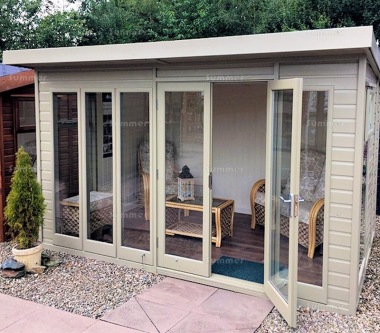All Categories
Featured
Table of Contents
Energy Efficient Windows: Choose The Best Option For Your ... in Millendon Western Australia
Glazing just implies the windows in your house, including both openable and set windows, along with doors with glass and skylights. Glazing actually simply implies the glass part, however it is generally utilized to refer to all aspects of an assembly including glass, movies, frames and home furnishings. Taking note of all of these aspects will assist you to achieve effective passive style.

Energy-efficient glazing makes your house more comfortable and drastically lowers your energy expenses. However, unsuitable or inadequately designed glazing can be a major source of unwanted heat gain in summer season and substantial heat loss and condensation in winter. Approximately 87% of a home's heating energy can be gotten and as much as 40% lost through windows.
Does Double Glazing Have A Vacuum? in Midvale Western Australia
Glazing is a considerable investment in the quality of your home. A preliminary investment in energy-efficient windows, skylights and doors can greatly decrease your yearly heating and cooling costs.

This tool compares window choices to a base level aluminium window with 3mm clear glass. Understanding some of the essential homes of glass will assist you to pick the finest glazing for your home. Secret homes of glass Source: Adapted from the Australian Window Association The amount of light that travels through the glazing is called noticeable light transmittance (VLT) or visible transmittance (VT).
Double Glazing Australia Blogs in Tapping WA
This may lead you to change on lights, which will result in greater energy costs. Conduction is how easily a product carries out heat. This is understood as the U value. The U worth for windows (revealed as Uw), describes the conduction of the entire window (glass and frame together). The lower the U worth, the higher a window's resistance to heat circulation and the much better its insulating value.
For instance, if your home has 70m2 of glazing with aluminium frames and clear glass with a U value of 6. 2W/m2 C, on a winter season's night when it is 15C chillier outside compared to inside, the heat loss through the windows would be: 6. 2 15 70 = 6510W That is equivalent to the total heat output of a large space gas heater or a 6.
Enjoy Your Summer More With Double Glazed Windows in Beeliar Western Australia

If you pick a window with half the U worth (3. 1W/m2 C) (for instance, double glazing with an argon-filled space and less-conductive frames), you can cut in half the heat loss: 3. 1 15 70 = 3255W The solar heat gain coefficient (SHGC) for windows (expressed as SHGCw) measures how readily heat from direct sunlight streams through a whole window (glass and frame together).
The lower a window's SHGC, the less solar heat it transfers to the house interior. Glazing manufacturers state an SHGC for each window type and design. However, the actual SHGC for windows is impacted by the angle that solar radiation strikes the glass. This is known as the angle of occurrence.
Why Is Double Glazing So Important In Winter? in Tuart Hill Western Australia
When the sun is perpendicular (at 90) to the glass, it has an angle of occurrence of 0 and the window will experience the maximum possible solar heat gain. The SHGC stated by glazing makers is always computed as having a 0 angle of occurrence. As the angle increases, more solar radiation is reflected, and less is transmitted.
Table of Contents
Latest Posts
Single, Double Or Secondary Glazing, Which Is The Best ... in Leda WA
Double Glazed Windows Brisbane in Lockridge Western Australia
Double Glazing Vs. Triple Glazing: Which Is Worth It? in Palmyra Perth
More
Latest Posts
Single, Double Or Secondary Glazing, Which Is The Best ... in Leda WA
Double Glazed Windows Brisbane in Lockridge Western Australia
Double Glazing Vs. Triple Glazing: Which Is Worth It? in Palmyra Perth